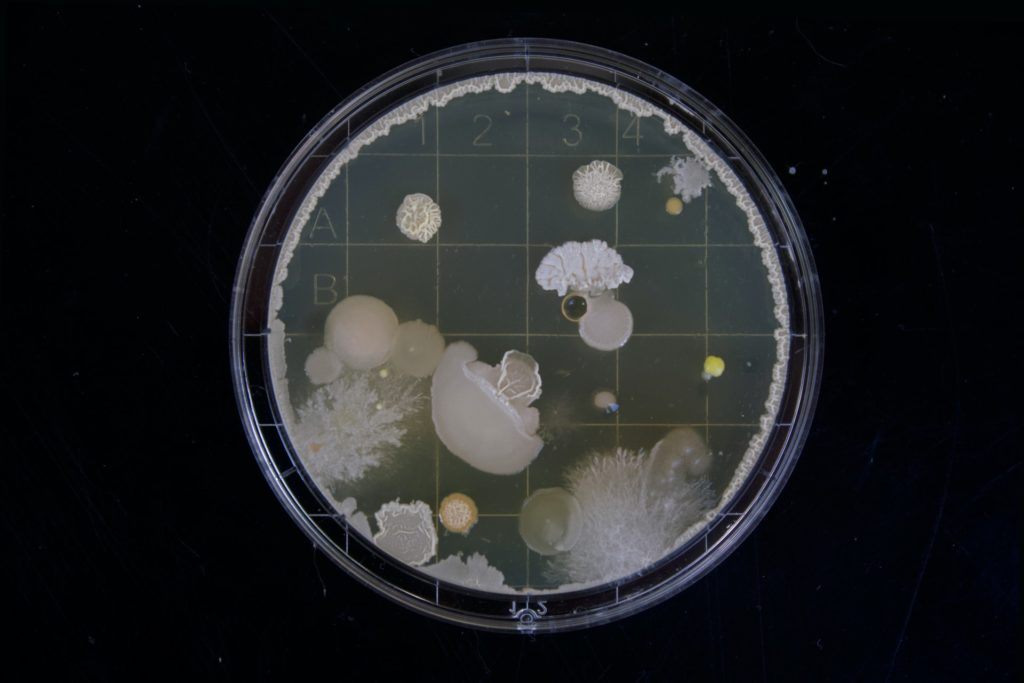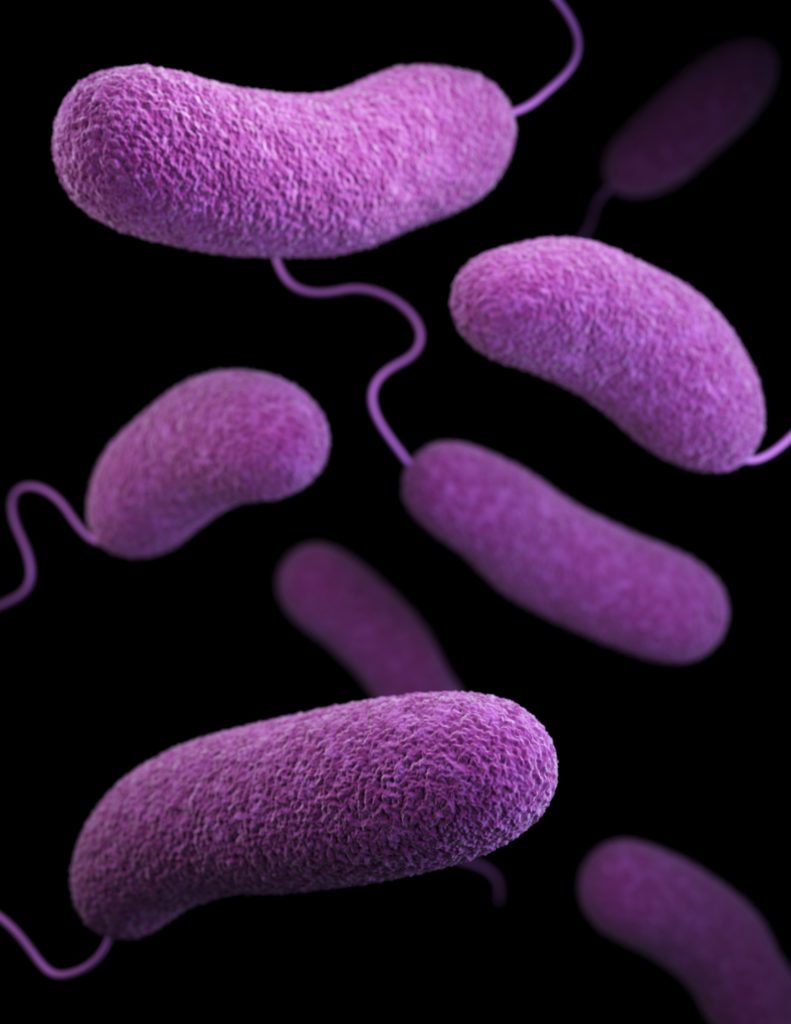Tag: #pgpr
The interaction between microbes and plants has played a massive role in shaping the world we see today. As primary producers, organisms which photosynthesize are the first step in energy capture and transfer in the overwhelming majority of ecosystems on Earth (the only notable exception being deep-sea volcanic vents which are host to ecosystems outside the reach of the Sun’s energy). Plant-microbe relationships are ancient in origin, complex, and to this day are not fully understood. These relationships have co-evolved over millions of years, and have become, in some instances, entirely dependent on each other. This article considers the influence of these microscopic organisms on plant life and how this interaction may be harnessed for improvements in crop performance.
Rhizosphere

The Rhizosphere of a plant is essentially the root system, plus its directly-associated environment. The two main categories of microbe-plant interactions that can be beneficial to plants are called Mycorrhiza (fungus in rhizosphere) and Rhizobacteria (bacteria in rhizosphere). Mutually beneficial symbiosis between plants and microbes are so common that some estimates put prevalence at over 80% of all plant species, however the real number could be much higher and may include organisms not yet identified as being beneficial/plant interacting (Remy et al., 1994; Smith and Gianinazzi-Pearson, 1988).
Mycorrhiza
Mycorrhiza are fungi-plant associations which can be intracellular (arbuscular mycorrhizal (AM)) or extracellular (ectomycorrizal) (Johnstone et al 1997). These interactions are so integral that some fungal species cannot live outside the rhizosphere of their host plant (Meddish et al 2015). In Arbuscular Mycorrhizal, both parties of the relationship are usually rewarded with reciprocal exchange of nutrients. The fungus receives photosynthesis-derived sugars, and the plant receives increased uptake of nutrients such as inorganic phosphate. In addition to this, some fungal species can help balance nutrient sequestration in saline environments, affecting ionic ratios such as the sodium:potassium ratio within the root tissue, and can even increase root surface area (Evelin et al 2009).

Rhizobacteria are bacterial-plant associations which are often referred to as Plant Growth Promoting Rhizobacteria (PGPR). PGPR can both stimulate crop growth, and increase the overall vigour by improving stress tolerance in both biotic and abiotic situations (Yan et al., 2016; Takishita et al., 2018). This is achieved usually with one of three main actions:
Much research has been conducted to test the ability of PGPR to increase yields in crop plants, for example, in rice, wheat, sugarcane and soybean. However, it is only recently that research on PGPR in cannabis plants has been published. A 2018 study showed that a combination inoculum of Azospirillum brasilense, Gluconacetobacter diazotrophicus, Burkholderia ambifaria, and Herbaspirillum seropedicae increased the growth, yield and vigour of Cannabis species (Pagnani et al 2018). In addition, the study showed an affect on the plant’s secondary metabolites equating to an increase in cannabinoids, an increase in root mass, and root hair production leading to overall improvement in the plants ability to grow.
In other plant species, single inoccula of some of these PGPRs showed their direct affect, Dobbelaere et al 1999 showed that Azospirillum sp. alone increased elongation of root systems, whilst lateral root formation, branching and root hair development improved as shown in studies by Molina-Favero et al 2008 and Fulchieri et al 1993 respectively.
In practise, committing to the use of PGPR and mycorrhiza has been made much easier by the availability of biostimulants. These commercially available solutions are used routinely in agricultural and even horticultural species, for different purposes in various plant species (Table 1).

Mammoth P
In Cannabis, Conant et al 2017 showed that the use of the biostimulant Mammoth P could increase bud yield by up to 16.5%, due to an increase in plant height and basal stem compared to controls. The study also reported an earlier onset of bud formation, but did not report cannabinoid content changes in their experiments.
Conclusions
As the use of this type of technology emerges in Cannabis cultivation, there is no doubt that more licenced producers will look toward this way of cheaply, effectively, and organically treating their crops for the benefit of the end product, ease of growth and decreased risk of deleterious infections. The three main variables to consider for further research in Cannabis is, the growing media, the cultivar type and the biostimulant to use. PharmaSeeds is progressing its research efforts to help bring clarity to this area, and as such we are positioned at the forefront of this technology and its use in Cannabis cultivation. Follow up communication will reveal a more detailed assessment and suggested applications.